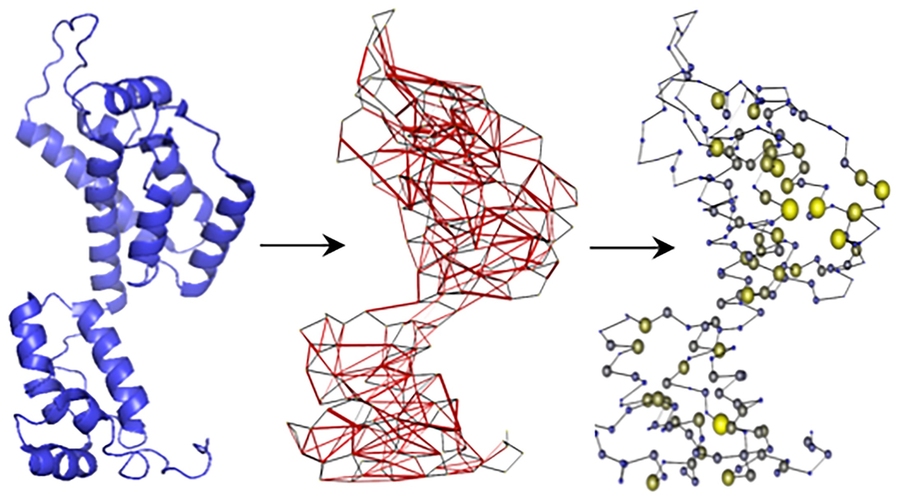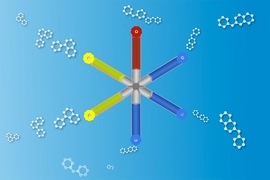In 2017, nearly 37 million people were living with HIV worldwide, according to the Joint United Nations Program on HIV/AIDS (UNAIDS). Current treatments for the virus, which becomes AIDS in its most advanced stage, involve a combination of drugs known as antiretroviral therapy (ART). For those who know they have the virus and are receiving treatment, ART can help to reduce viral loads to undetectable — and therefore untransmittable — levels, allowing individuals to stay healthy for years. Today, regular ART treatment is the only known course for stopping the spread of HIV.
Although effective, treatment as prevention, scientists say, is a far cry from a preventive HIV vaccine: There are an estimated 5,000 new cases of HIV per day. A safe and affordable vaccine administered to individuals before they become infected would significantly lower the number of new cases, at a minimum. At best, it would eradicate the virus entirely, on a global scale.
In a paper published in Science, researchers from the lab of Bruce Walker, director of the Ragon Institute of MGH, MIT, and Harvard, and professor of the practice at the Institute for Medical Engineering and Science (IMES), hit upon a unique approach to understanding the immune responses of individuals who exhibit a natural ability to suppress HIV, key to developing a vaccine.
Building on previous studies that revealed how proteins could be described as networks, lead researchers Gaurav Gaiha and Elizabeth J. Rossin, both graduates of the Harvard-MIT Program in Health Sciences and Technology, sought to apply network theory to viral protein structure, to determine the degree to which the topology and connectivity of a given amino acid residue, or a single unit of an HIV protein, might affect an individual’s reaction to the virus.
“The concept of structural topology can define how critical a residue is to viral protein structure and function,” Gaiha said. “Considering structural topology gave us a novel lens through which to then look at T cell epitopes, linear viral peptide strands presented by infected cells, that hadn’t been seen before.”
Previous studies have relied on viral sequence conservation, i.e. the number of times a given amino acid appears in a particular sequence, to determine why an individual’s immune response might be better at suppressing HIV than that of someone with a similar viral load who goes on to develop AIDS. Gaiha cited a 2015 paper by Mark Connors at the National Institutes of Health which found no difference in the sequence conservation of epitopes targeted by T cells in controllers — that is, subjects with the ability to quell the virus to non-transmissible levels — and non-controllers.
While Gaiha and his team did not throw out sequence conservation as a guiding factor, Connors’ findings did impel them to look at why sequences were conserved, or repeated, in the first place. According to the researchers, protein structure had to play a substantial role.
“We decided that we needed to change our thought process and move beyond sequence conservation towards structural constraint. In other words, looking directly at the structure of a site to see how well it is able to accommodate a mutation. That will hopefully lead us to better vaccines going forward.”
In the new study, the Walker lab built networks of amino acids and non-covalent interactions using publicly available HIV protein structure data, and then made calculations to measure the topological importance of each amino acid residue. They found that higher scoring residues — ones with greater degrees of connectivity to other residues — also tended to better impair viral replication when mutated than low-scoring residues.
Gaiha likened what he saw to a social network, such as in a corporate setting. “If you removed someone critical rather than peripheral to an operation, someone more connected and less dispensable, like the director, it would be very perturbing for the organization,” he said. “It’s the same with amino acid residues within viral proteins. Some are really critical for structural integrity and for its function, and if you target them, it’s hard for them to accommodate mutations.”
In a subsequent portion of the study, researchers analyzed 114 untreated HIV-positive individuals, each with different levels of viral load. Those with smaller loads were designated controllers, while those with higher loads, who were least able to suppress the virus, were called progressors. Controllers overwhelmingly targeted epitopes with high network scores with their strongest responses, while progressors had weak or absent responses against these epitopes. The presence of “protective” HLA alleles, typically considered definitive markers of a patient’s ability to withstand the presence of HIV, did not correlate to an individual’s low viral load. Controllers both possessed and did not possess these so-called protective alleles.
The study found that high network-scoring epitopes were more difficult to mutate by the virus, or left completely unmutated, allowing CD8 T cells to kill infected CD4 T cells and maintain viral suppression. Thus, the link between network score, determined by the connectivity of T cell epitopes, and immune response was found to be significant.
“People are realizing the importance of structural studies to be able to guide drug design, but I think the concept of using structure to guide T cell vaccines is very much an emerging one,” Gaiha said. “Ideally, our study is one that starts making people think more about this for HIV and other viruses — this concept of structural vaccinology.”
Rossin, a biologist and current chief resident at Massachusetts Eye and Ear, summed up how the study’s findings could prompt scientists to continue to examine subjects from a nontraditional standpoint.
“The field of biology and medicine over the past two decades has transitioned from looking at things in a linear way, to realizing that biology is multi-dimensional.” Rossin said.
“Biological mechanisms exert their effect via complex interrelationships between proteins and even between molecules between proteins, and if we just look at them in a one-dimensional way, we’re not getting to the answers we need…If you’re looking at the trees, you’re missing the forest.”







